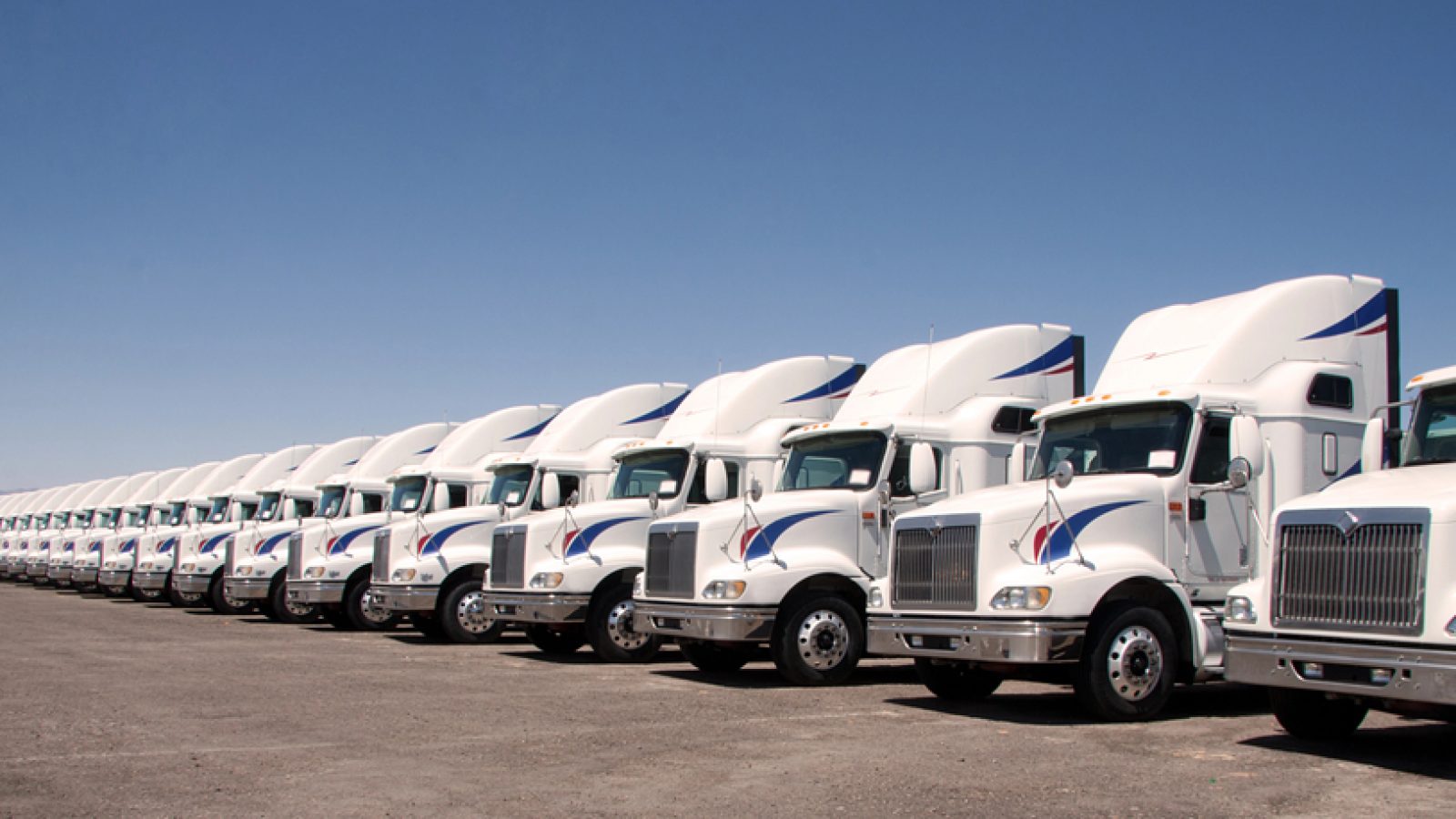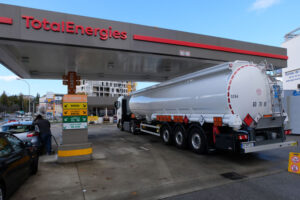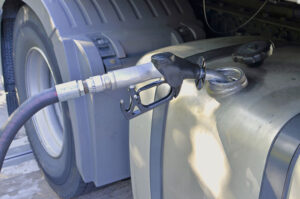Dash cams, or digital video recorders, have become increasingly popular in recent years as a means of protection from false accusations in the event of an accident. Originally used by police and taxi drivers, dash cams are now finding their way into commercial fleets.
Nearly every state in the US now permits the use of dash cams by commercial fleets, and many insurance companies offer discounts to fleet owners who install them. Some states even require fleet owners to install dash cams if they haven’t already.Dash Cams For Commercial Fleets – A Complete Guide In 2024
If you’re considering installing dash cams in your commercial fleet, this guide will give you everything you need to know.
An Overview of Dash Cams for Commercial Fleets
Dashboard cameras, popularly known as dash cams, are those attached to the front or rear window of cars. While they have been popular for personal car users who want to document their driving and share their experience with family and friends, they are increasingly becoming essential safety equipment for commercial fleets.
Benefits of Commercial Fleet Dash Cams
The growing popularity of dash cams among commercial fleets is due to the many benefits they offer. Fleet cameras can provide evidence in the event of an accident to help settle disputes about who is at fault in an accident. They also protect the driver from false accusations of responsibility.
They can also be used to gather evidence after a hit-and-run or identify a driver who may have caused damage to the vehicle. Apart from these, they can also help with insurance claims.
In addition, fleet dash cams can be used to deter unsafe driving by monitoring driver behavior. They can also provide training and feedback to drivers on their performance. Most of them come enhanced with GPS fleet tracking capabilities. Finally, fleet management cameras can be used to track fleet maintenance and performance.
Types of Dash Cams
There are different kinds of dash cams. The three most common types of dash cams are single-lens cameras, multiple-lens cameras, and 360-degree cameras.
The most common type of dash cam is the single-lens dash cam. As the name suggests, this dash cam has one lens, which is typically mounted on the windshield. Single-lens dash cams are the most popular type of dash cam, as they are relatively inexpensive and easy to install. However, they have some drawbacks, such as the fact that they can only record footage from one angle.
On the other hand, multiple-lens dash cams have two or more lenses. This allows them to record footage from multiple angles. This type of dash cam is more expensive than a single-lens dash cam, but it provides a broader view of what is happening on the road. Multiple-lens dash cams are also more difficult to install since they require more wiring. However, many fleet owners feel that the benefits of a multiple-lens dash cam outweigh the drawbacks.
The third type of dash cam is the 360-degree camera. This type of dash cam has a camera that is mounted on the windshield and another camera mounted on the rear window. This combination allows the dash cam to record footage around the vehicle. 360-degree dash cams are the most expensive type of dash cam, but they offer the most wide view of what is happening on the road.
Where to Place Your Dash Cam
The most common place to install a dash cam is on the windshield, but you can also install them on the dashboard, the rear window, or the mirrors. Where you place your dash cams will depend on your specific needs and the type of camera you are using.
Equipping your vehicles with the right dash cams can make a significant difference. From safeguarding against false claims to enhancing driver safety and efficiency, the benefits of integrating dash cams are clear and impactful. Ready to enhance your fleet’s operations and security? Contact us today to explore the best dash cam solutions from OnTrak Solutions for your needs. Take the first step towards a more secure and efficient fleet in 2024.




